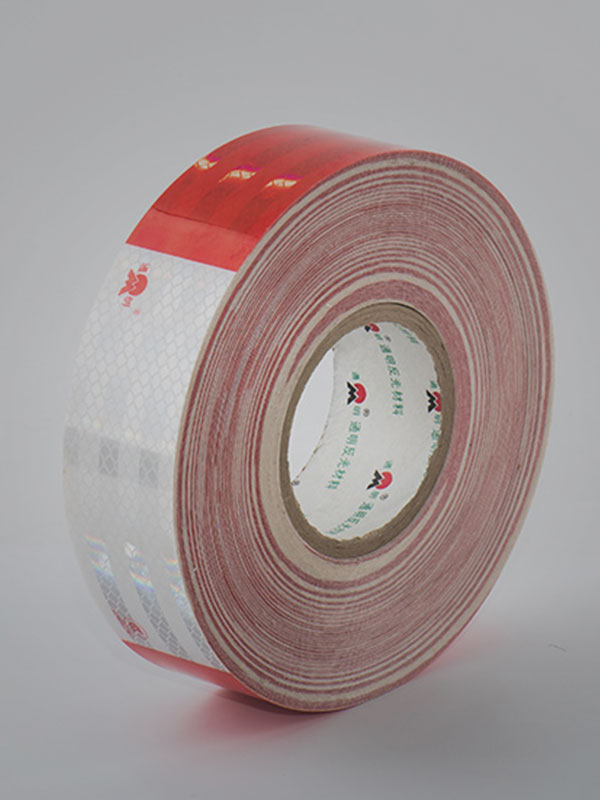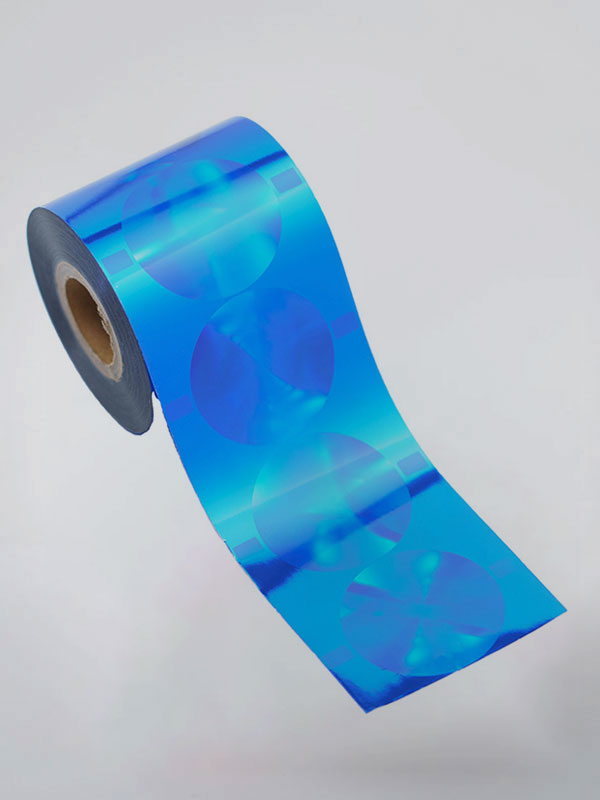What is that blue reflective material?
 Aug 16, 2024|
Aug 16, 2024| View:78
View:78Composition: The blue reflective material is often made from plastic layers with a reflective coating. The blue color is achieved through the use of specific dyes or pigments in the plastic.
Function: It is used to enhance visibility, especially at night or in low-light conditions. Common applications include road signs, vehicle markings, safety vests, and bicycle helmets.
Types: There are different types of retroreflective materials, such as microprismatic and cube corner types. Microprismatic materials use small prisms to reflect light, while cube corner materials use small glass beads with multiple reflective surfaces.
Safety: The primary purpose of these materials is safety. They help to make vehicles, pedestrians, and road signs more visible to drivers, reducing the risk of accidents.
Durability: Blue reflective materials are designed to be durable and withstand various weather conditions, including rain, snow, and sunlight.
Environmental Impact: While they are beneficial for safety, the environmental impact of producing and disposing of these materials is a concern. Efforts are being made to use more sustainable materials and recycling processes.

Regulations: There are specific regulations and standards that govern the use and performance of blue reflective material, such as those set by the International Organization for Standardization (ISO) and the American Society for Testing and Materials (ASTM).
Innovations: Ongoing research and development are focused on improving the reflectivity and durability of these materials, as well as exploring new applications, such as in smart clothing or wearable technology.
Market: The market for reflective materials is driven by the need for increased safety in various industries, including transportation, construction, and outdoor recreation.
Future: As technology advances, we may see more integration of reflective materials with other technologies, such as LED lights or solar-powered systems, to further enhance visibility and functionality.













View More(Total0)Comment lists